Trinicalm Plus
✅ Manages psychiatric symptoms
✅ Controls involuntary movements
✅ Reduces anxiety
✅ Improves motor function
✅ Enhances quality of life
Trinicalm Plus contains Trifluoperazine and Trihexyphenidyl.
Product Overview
Trinicalm Plus is a combination medication formulated as tablets containing Trifluoperazine (5mg) and Trihexyphenidyl (2mg). Trifluoperazine is an antipsychotic agent, while Trihexyphenidyl functions as an anticholinergic. This dual-action pharmaceutical is primarily indicated for managing psychiatric conditions such as schizophrenia and related psychotic disorders. The medication achieves therapeutic effects by modulating neurotransmitter activity in the brain, effectively reducing symptoms including hallucinations, delusions, and cognitive disorganization.
Therapeutic Indications
Trinicalm Plus tablets are clinically prescribed for:
– Management of schizophrenia spectrum disorders
– Control of psychotic symptoms including hallucinations and paranoid ideation
– Treatment of drug-induced extrapyramidal symptoms
– Adjunctive therapy in Parkinson’s disease-related movement disorders
Administration Guidelines
Patients should adhere strictly to the prescribing physician’s instructions regarding dosage and treatment duration. The standard regimen involves oral administration once or twice daily, with or without food. Tablets must be swallowed whole with water; crushing or chewing should be avoided unless specifically directed by a healthcare provider.
Mechanism of Action
The therapeutic efficacy of Trinicalm Plus derives from its dual-component mechanism:
1. Trifluoperazine: Acts as a dopamine receptor antagonist in mesolimbic pathways
2. Trihexyphenidyl: Functions as a muscarinic acetylcholine receptor antagonist
This synergistic action provides both antipsychotic effects and mitigation of extrapyramidal symptoms.
Dosage Protocol
Dosage must be individualized based on:
– Specific diagnosis and symptom severity
– Patient response and tolerance
– Concurrent medical conditions
Initial dosing typically begins with one tablet daily, with potential titration under medical supervision.
Therapeutic Advantages
- Comprehensive management of positive and negative psychotic symptoms
- Reduction in extrapyramidal side effects through balanced formulation
- Simplified dosing regimen enhancing treatment adherence
- Dual pharmacological action addressing multiple symptom domains
- Established efficacy in chronic psychotic conditions
Adverse Effects
Common treatment-emergent effects may include:
– Anticholinergic effects (xerostomia, blurred vision)
– Central nervous system effects (somnolence, dizziness)
– Gastrointestinal disturbances (constipation)
– Genitourinary effects (urinary hesitancy)
These typically exhibit dose-dependence and often attenuate with continued therapy.
Precautions
Special considerations apply for:
– Geriatric patients (increased sensitivity risk)
– Patients with prostatic hypertrophy or glaucoma
– Individuals operating heavy machinery
– Those with cardiovascular comorbidities
Abrupt discontinuation is contraindicated due to potential rebound phenomena.
Storage Requirements
Maintain product integrity by:
– Storing at controlled room temperature (15-30°C)
– Protecting from moisture and light
– Retaining in original packaging
– Proper disposal of expired medication per local guidelines
Medical Disclaimer:
The information provided herein represents carefully curated, evidence-based content intended for educational purposes only. This content does not constitute medical advice nor replace professional clinical judgment. Healthcare decisions should always be made in consultation with qualified medical practitioners. The complete product profile including all potential adverse effects, contraindications, and drug interactions may not be fully represented. Patients are advised to maintain open communication with their treating physicians regarding all therapeutic concerns.
| Strength | 5mg+2mg |
|---|---|
| Quantity | 30 Tablet/s, 60 Tablet/s, 90 Tablet/s, 180 Tablet/s |
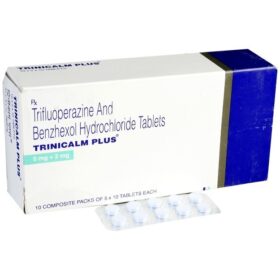 Trinicalm Plus
Trinicalm Plus









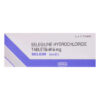
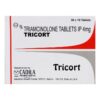
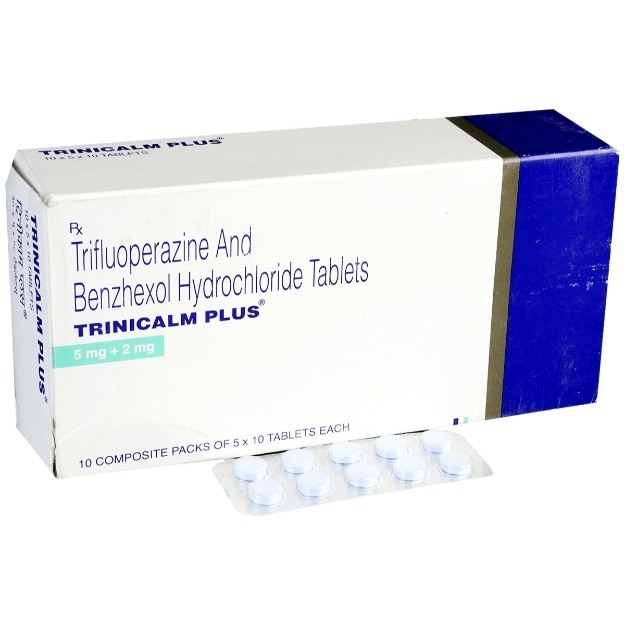
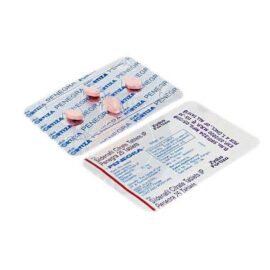
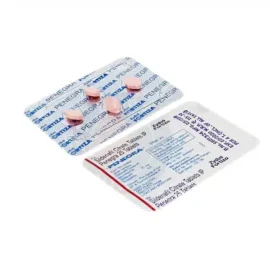
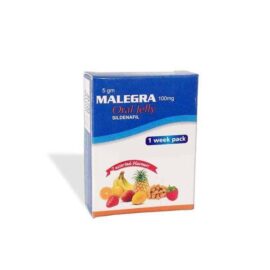
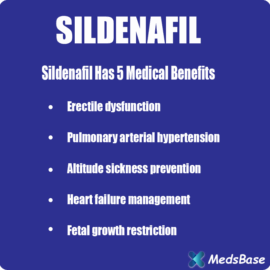
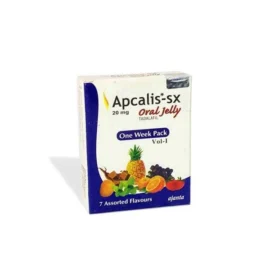
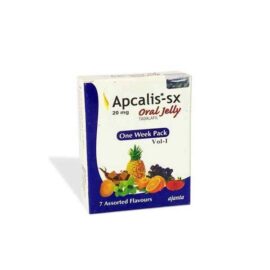
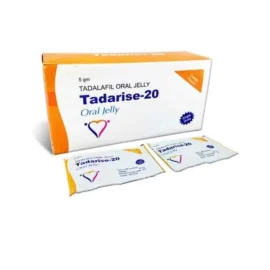
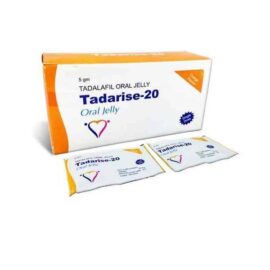
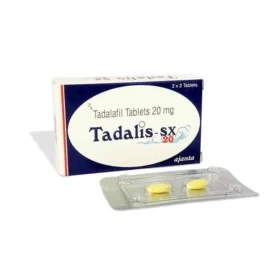
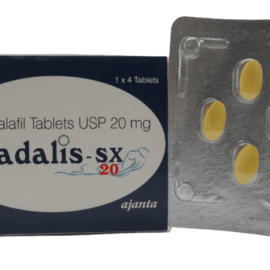
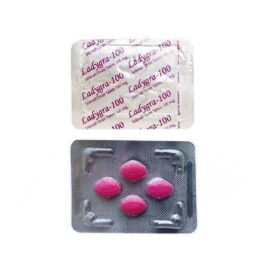
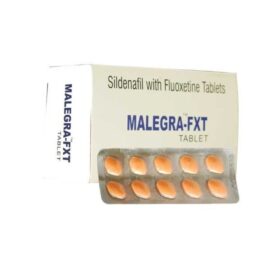
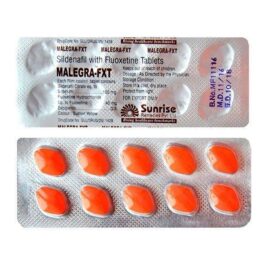
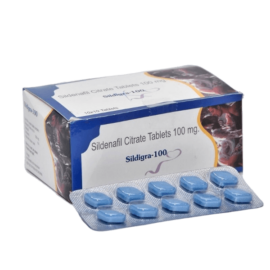
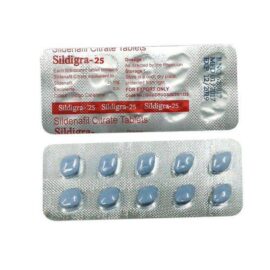
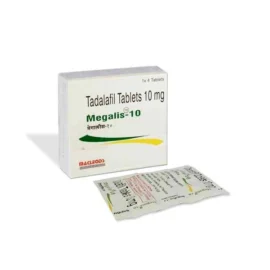
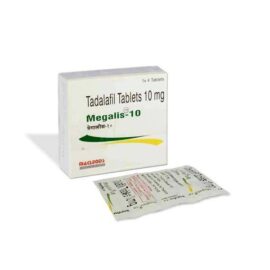

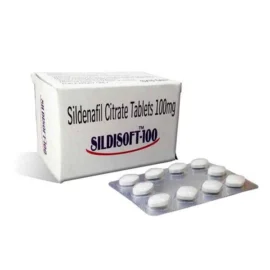
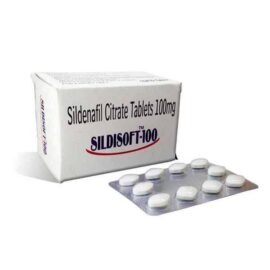
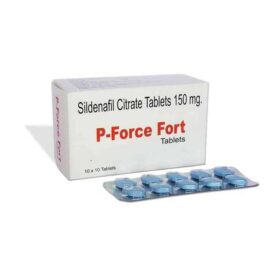
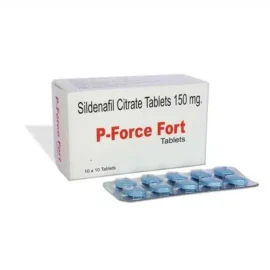
Reviews
There are no reviews yet